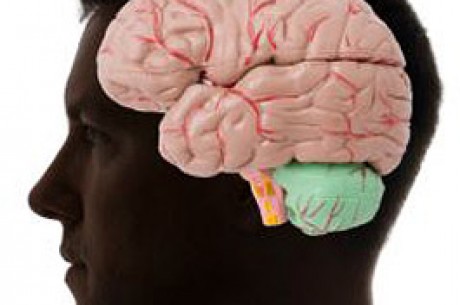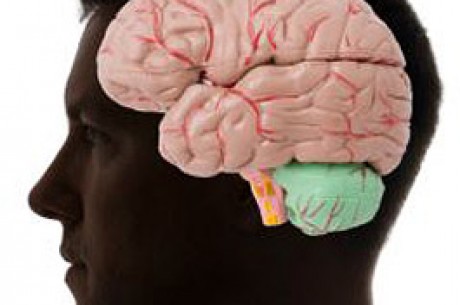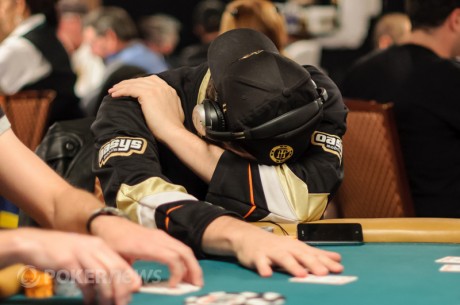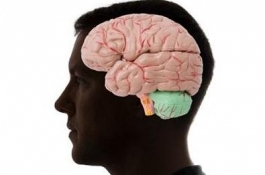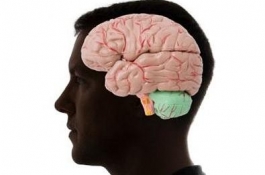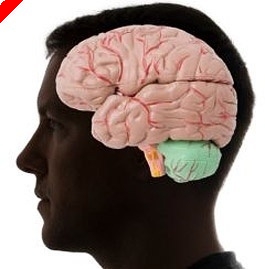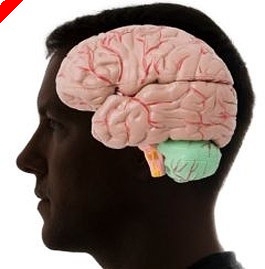The Poker Shrink, Vol 13 - A Complete Psychology of Hand Analysis
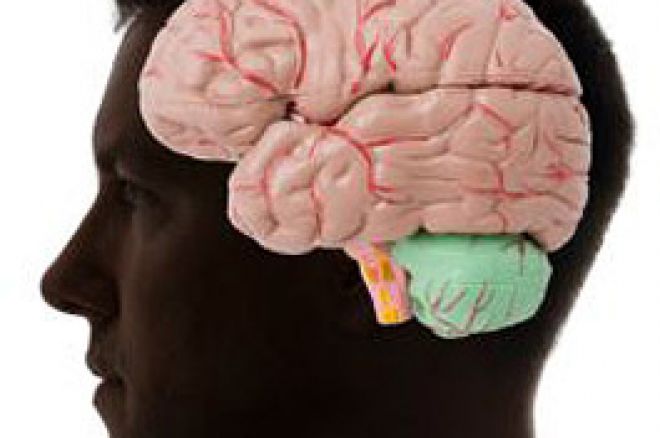
One trait that all good poker players share is their ability to analyze hands and learn from their mistakes. Very good players also improve their game by studying hands played by others; either in books, video, television or in conversation with other poker players. The problem with hand analysis is that seldom are you presented with the complete situation at the table when the hand in question was played. For that reason we "fill in the blanks" with our own poker experiences and often fail to recreate the critical table dynamic, which may have made the "bad play" the best play in a particular situation.
Let me illustrate with a hand I saw earlier this week on the broadcast of the 2006 WSOP $1,000 NLHE Event. You may have seen this broadcast; this is the final table that ESPN touted as a confrontation between Humberto Brenes and John Phan. The hand in question is where the 3rd place player is busted. Here is a print report of that hand:
John Phan folds. Mike Pomeroy completes from the small blind and Jon Friedberg checks his option. The flop comes As9d5h, Mike checks. Jon bets $40,000 and Mike makes the call. The turn is the Qs and Mike Pomeroy again checks. Jon Friedberg bets $400,000 and is called. The river is the 9c, Pomeroy checks for the third time. Friedberg moves all in and Pomeroy calls and shows Qh3d for second pair of Queens, he hit on the turn. Friedberg shows 5d5s for a fives full of nines; flopped a set and rivered the boat. Mike Pomeroy finishes third; Jon Friedberg and John Phan are now heads up for the bracelet.
I was in the bleachers for this final table and I have no factual corrections to the tournament report. If you look at the hand I am sure at least part of your analysis will be: "What was Pomeroy thinking?" Why did he check-call 40K on the flop and check-call 400K on the turn and check-call all-in for over 800K (yes, he had still had 800K) on the river?
Now, if you saw this hand played out on ESPN before you read the hand report above, I am fairly sure you think Mike Pomeroy had a meltdown. You would have heard him say before the river call: "This may be the worse call I ever made." Mike had been the chipleader coming into the final table and was again the leader going into three handed play. The televised hands make it appear that he was losing confidence and Jon Friedberg was on the aggressive rise. This was not the impression we in the audience had at that final table. No, it was clearly anyone's bracelet to win or lose when they got down to three handed. Cards decided this event not skill or deception or bad play. The entire picture is often very different from the isolated snapshots offered on television or in print reports.
So is studying hand histories in print or on video a bad idea? No, not at all. What I am saying is that there are factors that do not come across in print or in video and furthermore, televised events are edited and staged to create viewer interest, often distorting the true table dynamic. Part of the complete analysis of a hand is the consideration of why a player makes a certain raise, call, or fold. Part of the psychology of poker is being able to fill in the potential missing information in a series of possible variations, as if you were at the table and not on the sofa with a remote control in your hand. Ask not why did a player make that move; ask why could he have made the move. Consider all the options, all the potential dynamics. Finally, remember that some plays really are just plain bad but other seemingly bad plays are appropriate to the entire psychology of the situation.

